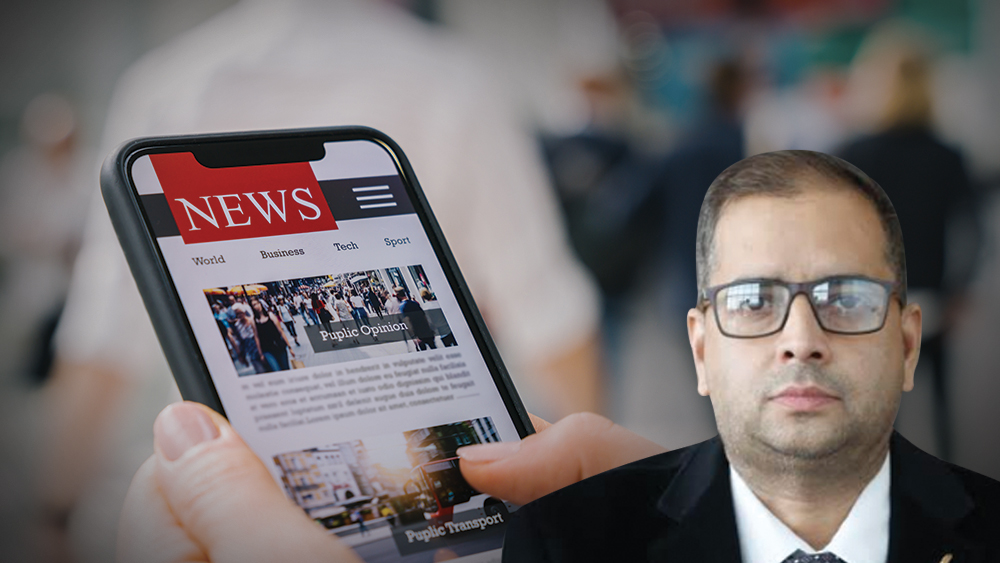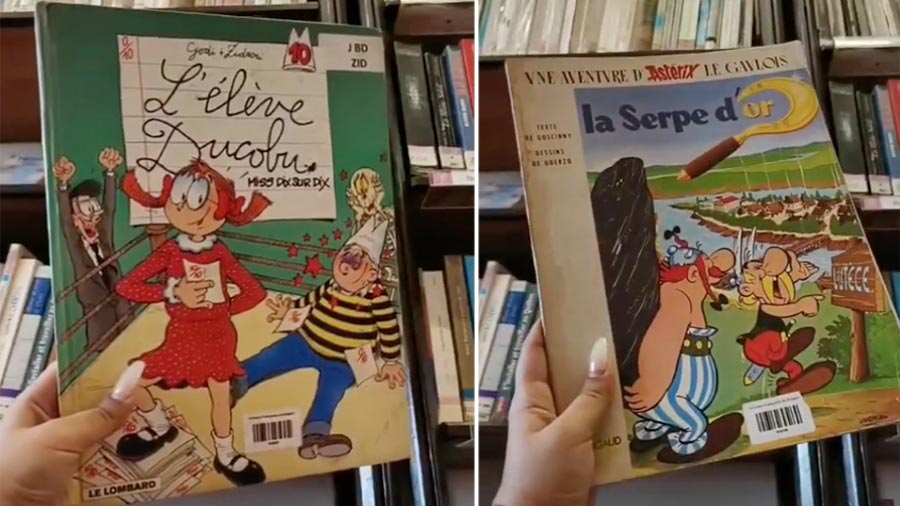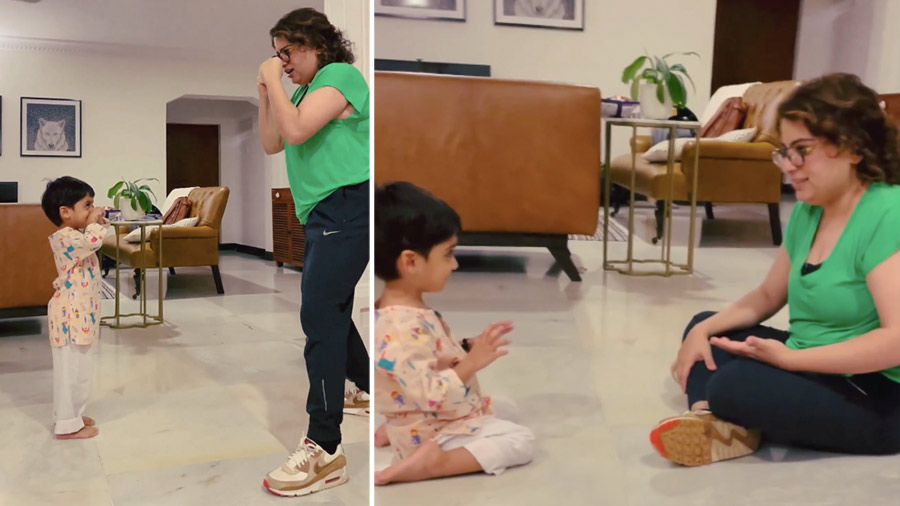As I step out of my house to fetch some essential groceries this Saturday, the six years old son of my neighbor playing in his balcony, asks me to wear the mask. When I inquire why I should, the instant reply is ‘Otherwise coronavirus will attack you’. And in addition, he advised me to wash my hands with soap for 20 seconds to kill coronavirus. Such is the power of media that even toddlers know how to protect ourselves from this coronavirus! Media has played an important role in spreading awareness against corona in India.
Since the first week of March 2020, the country has witnessed heightened awareness of the threat from the outbreak of COVID-19. As the virus spreads around the different states of India, we also need to understand what it means for the existing education system of the country.
With the need to contain the virus, we are implementing measures to reduce gatherings of large crowds. Our educational institutes are not immune to these actions, nor to the spread of the virus. Country has implemented measures in the education systems – from banning gatherings to the temporary closing of schools & colleges across India for next few months.
Today around 1.5 billion students are learning online due to the COVID-19 situation across the globe and lakhs of students are staying home and learning In India as well. While schools and colleges are temporarily closed for quarantine, learning continues. It’s just that it is a different kind of teaching. Students are being educated using technology. This is being done through a variety of online courses, electronic textbooks, meeting platforms like Zoom and Webex, Google Classrooms and Big Blue Button or other erps.
To date, all the schools and colleges are closed and probably not likely to open before August or September, that too depending upon the pandemic situation at that time. Biggest challenge is to utilize this valuable time. Technology seems to be the only answer. We will only know how effective this is after the crisis, but it does seem to be a good use of students’ time. Home learning and self-study is the way out.
In India, we have a diverse set of states and cities, at different levels of income and development. The spread, use and availability of technology is the key, as is the availability of online learning materials, as well as devices and the level of internet connectivity at home.
Also at the same time, one more important question is: Can students actually benefit from technology at home? Here someone can argue about the equity issue. While financially well-off families can afford computers and multiple devices, students from struggling families can hardly afford laptops and may likely not have the internet at home. But as mentioned in the latest FICCI-EY report released in the last week of March, 2020, with a 400 million smartphone users base, 700 million internet subscribers, one of the fastest growing ‘mobile app’ markets, Media & Entertainment Industry stands tall and strong.
This growth of media consumption shows that internet connection and mobile networks are now available to all possible learners. And overall growth in the Media & Entertainment industry is around 10 percent while digital media is growing at a rate of 30 percent and more. COVID-19 impact will certainly dampen the growth rate, but industry has a strong foundation and in a post pandemic situation, things will improve faster.
Mobile networks here play an important role. Simple and affordable data plans have changed the challenges into the opportunities for young learners. Now we find that home connectivity has become widespread and home internet connections may enable students to connect to different types of learning resources during COVID-19 situations.
Now digital technology is in place, let’s focus on educational content. Mostly in India, universities and colleges do not use digital content in education very often. Large number of institutes do not have universal curriculum-linked resources for teaching and learning, regardless of place and time In India. Still technology interventions and digital platforms are being utilized for teaching & learning across India in a surprising way.
Due to technological advancement and convergence of Media, media education is going through very exciting times. Challenges are there but to exploit the upcoming opportunities, good media professional’s intervention is required and learners & trainers, both need to welcome and embrace newer technologies. This lockdown has opened up many new avenues and platforms for media students. Many media professionals have intervened into this through technology and innovative ideas. Students are doing industry internships as ‘Online- Work from Home mode”.
Media houses are hiring media interns with a planned strategy which is very much in sync with these challenging times. Due to lockdown, physical presence of interns in the offices is not possible. So the main challenge is to utilize the interns in the optimum way. But, where there is a will, there is a way.

Many media houses (PR companies, Web based media platforms etc) did come up with new ways which are proving out to be quite effective. They distributed most of the research based work and social media management to the interns, which didn’t require their physical presence. The interns didn’t disappoint either. They are contributing in a very substantial way, says Mr. Navneet Anand, CEO, GreyMatter PR, Delhi. Mr Anand believes that interns are able to devote more time and are more focused. They not only have realized the importance of making themselves useful, but also have become more competitive. They are learning fast and adapting to new things with limited resources.
Production houses and News Media are not far behind. They too are utilizing interns effectively. Briefings are given through video platforms. Hence, interns are learning to create video content like short films and documentaries, Infographics, smart videos spreading awareness against COVID-19. That too, without stepping out of their homes. The lockdown is stretching the capabilities of imagination of both sides to its best. This will impact in a positive way in the long run.
Many youngsters are puzzled too and finding ways to utilize this time is challenging for them. Being a media student, each one of us should take this pandemic as the enormous opportunity to explore our strengths and opportunities. Young minds should identify their strengths and start working towards sharpening their skills and domain knowledge.
The best possible way to utilize this time is to read. Read newspapers daily, read good books on History, Constitution of India and Writings on Indian & World politics, contemporary write ups on Conflict Zones across globe and emerging trends in Media Research and Technologies. There is so much to read and enrich us and media students should exploit this opportunity to its maximum. Governments and private publishers have come forward and many PDF and free online access to important books and digital study materials have been provided to engage young minds. Any student can access these materials free through his mobile with the internet.
In India, Media houses are aware that during this lockdown, people are watching them the most compared to the previous normal days. Everyone is spending more time on watching news. So every media house, every journalist is trying its best. And as a media student, this is the best time to learn through observations. Be it a newspaper or a news portal, everyone is constantly trying to be accurate and well ahead of others in providing different kinds of news materials to engage more and more eyeballs. Never forget that technical skills could be learnt at any point of time after your institutes will start functioning, post Covid-19 situation. But this time should be utilized to enrich knowledge and learning in an almost real but simulated environment by being a patient and alert observer of media happenings and content.
At the same time, students of many government run universities in remote areas are trying to use this capability for education improvement, both by using the older and proven technologies such as radio and television broadcasting, and leveraging the potential of ICT and mobile learning through apps. This is where teacher training with digital technologies and applications becomes important. During Covid-19, we are witnessing the various modes of distance technology imparting education.
Last week, when I was watching ABP Ananda (most popular regional Bengali channel), a class was going on and the subject was BIOLOGY for class xii. At 10 A.M, Channel was catering to the students through a very good subject teacher and believe me; she was excellent in adapting the new technology. Teacher took the class without a single student in the studio but thousands of students have benefitted through this class, there is no doubt about that. Similarly Doordarshan is catering to a large section of students across different cities on a national level.
Thus we are witnessing how Media could be utilized in education in difficult times or if required, normal times too. Social media can also be used in education in different ways. As the nation’s current education system is designed for face-to-face teaching and learning, the lock-down and closures may be accommodated if they happen in short periods of time. However, if the situation continues to last for months, it may need a dramatic change in delivery.
So, what could we focus on? As I spoke to many experts in the field of media education and have summarized a few points, like we need to plan and target programs to include the most vulnerable students with equipment and connectivity in the coming future. The second point is to improve connectivity for Institutes that need it most. We also need to improve financing of digital curriculum and materials (digital libraries, lessons, learning items, etc.). Governments have a major role in improving telecommunication capabilities for Institutes to be able to deliver online education to all.
A time of crisis is also an opportunity for all education systems to look into the future, adjust to possible challenges and build their capacity. I believe that India has enormous potential for this to happen, regardless of COVID-19.
The writer is a senior journalist & media educator. He was formerly with NDTV & Star News Network. He is having an experience of over 20 years in mainstream journalism. He has experience of working with Print Media and TV industry at senior positions at Delhi, Kolkata and Mumbai. He has been honoured with the S P Singh Memorial award for his contribution to journalism and reporting on social issues. He is currently associated with Amity School of Communication, Amity University Kolkata as Deputy Director-ASCO. Views expressed here are his personal opinion and do not reflect views or policies of the Amity University Kolkata in any way.










